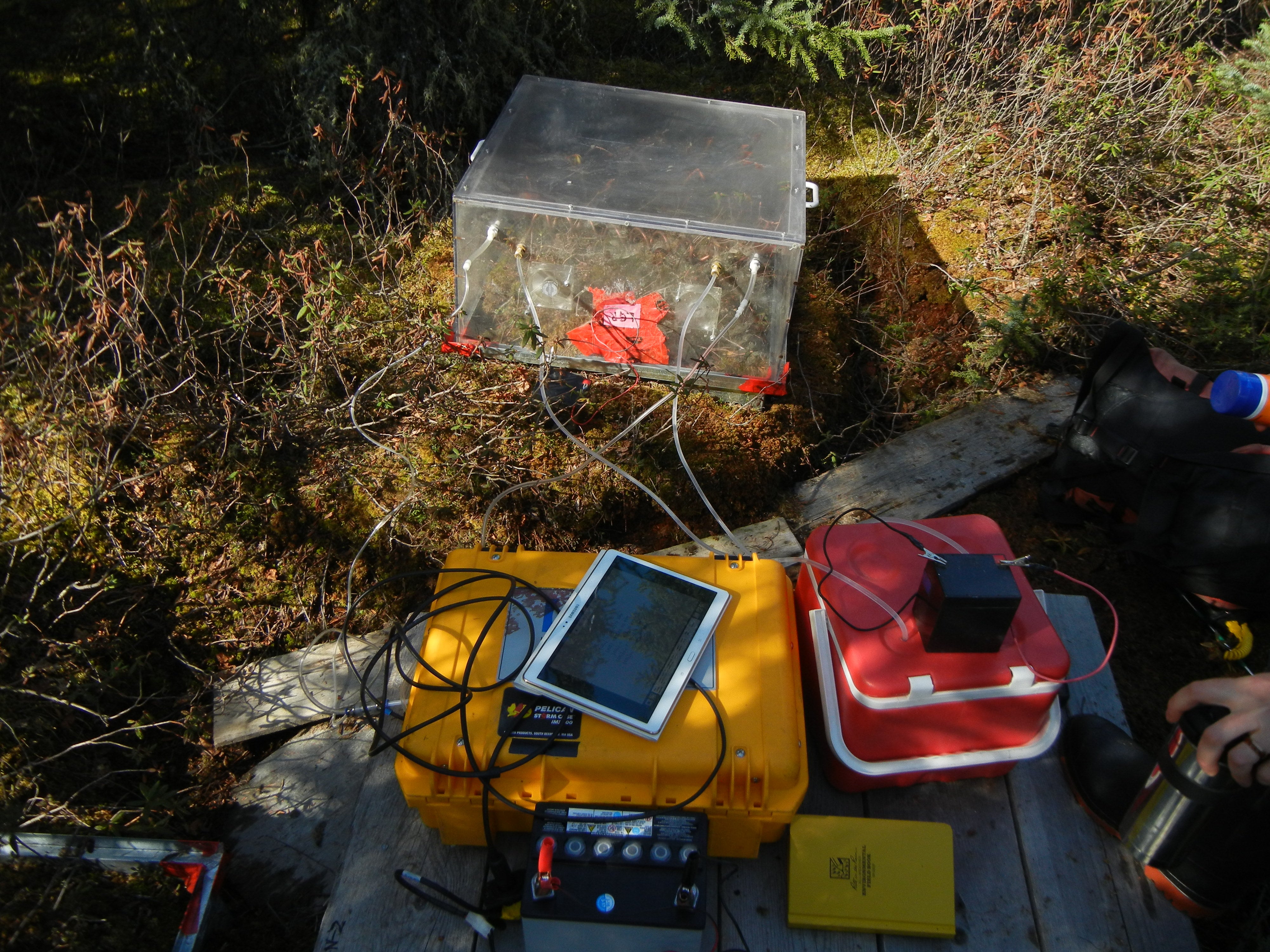
Across Canada, and internationally, peatlands are subject to significant human disturbances, such as agricultural drainage, forestry drainage, peat extraction, and oil sands mining, which may convert them into a significant carbon (C) source, thus jeopardized their climate mitigation function (Joosten et al., 2016; Leifield et al., 2019; Strack et al., 2016, 2019). To counteract the negative effects of human disturbances, the affected peatlands have been restored or reclaimed to retain or reinstate their ecosystem function of C sink or climate mitigation (Schweiger et al., 2020).
In Canada, there now exists many experimental sites for peatland restoration and reclamation, where different approaches of measurement have been applied, such as biomass accumulation, static chamber, and eddy-covariance, to determine their C and greenhouse gas (GHG) function. However, no efforts have been undertaken to evaluate the efficiency and effectiveness of peatland restoration and reclamation in terms of regaining its C sink function at the national level, due to a lack of a systematic compilation of the datasets. Further, it remains unclear what constitutes the best management practice for restoration in terms of maintaining and regaining the C sink function of the disturbed peatlands, and how these restored and reclaimed peatlands would function in the future under the context of climate change, such as warmer and drier conditions and elevated nutrient depositions. To address these issues, peatland ecosystem models need to be evaluated against the measured data from these experimental sites.
Therefore, in this activity, one of our masters’ students will compile C stock and GHG data from the experimental sites for peatland restoration and reclamation across Canada. They will then examine the efficiency and effectiveness of different approaches among the experimental sites for peatland restoration and reclamation in terms of C and GHG ecosystem functions. A meta-analysis will be conducted to determine a post-restoration biomass recovery curve and to evaluate what governs the C cycling and GHG emissions at these restored and reclaimed peatlands (e.g., plant community composition, vegetation cover, water table position, etc.). Moreover, the compiled data will be used to evaluate a peatland ecosystem model, (e.g., McGill Wetland Model), further developed for simulating peatland C and GHG dynamics for disturbed and restored peatlands and to develop disturbance matrices for the Canadian Model of Peatland, CaMP.
If you have carbon and GHG flux data from a peatland restoration or reclamation project that you would like to contribute, let us know at canpeat@uwaterloo.ca